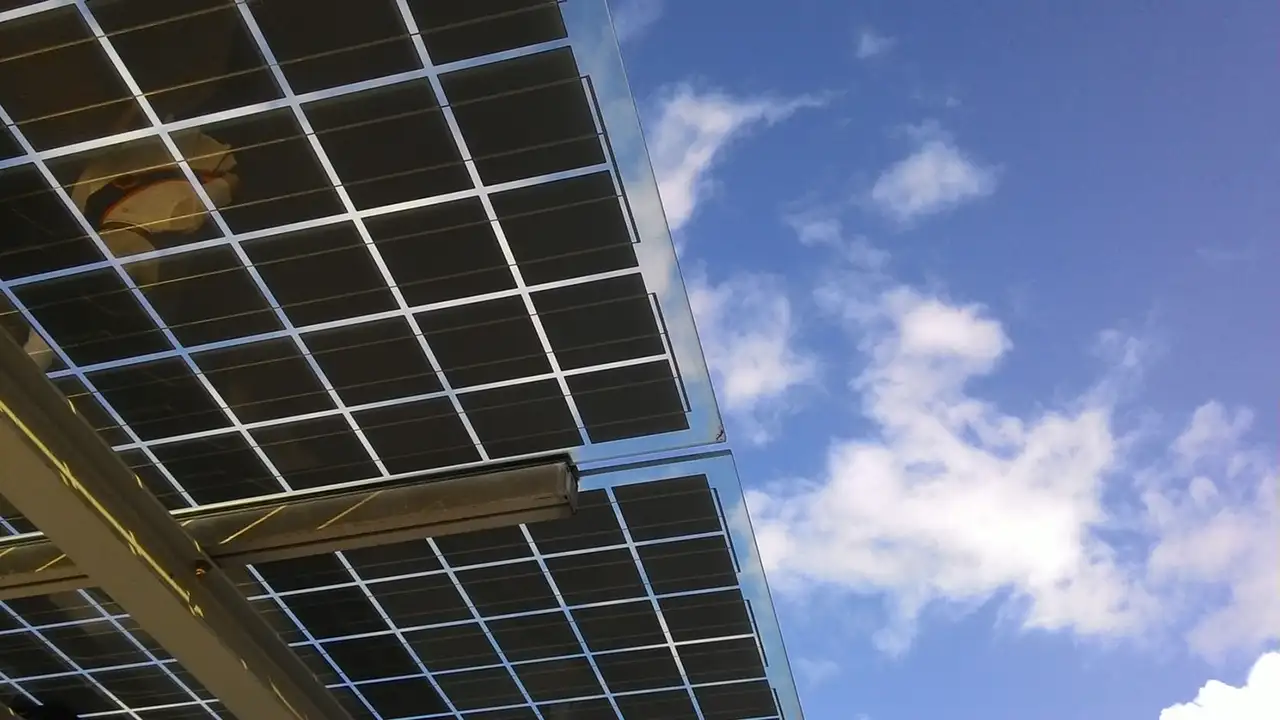
A patent provides rights related to an invention for a certain period of time, typically twenty years from the priority filing date of a patent application on which the patent is based. Although many people believe that having a patent gives the patent owner the right to do something such as manufacture and sell the invention (e.g. positive right), in fact, a patent is a negative right. That is, a patent does not grant the patent owner the right to do anything. Instead, a patent owner only has the right to exclude others from making, using, or selling the patented invention[1].
The use of negative rights in the patent system is believed to have begun in Venice, as a way of creating competition outside of a highly regulated guild based system, principally for foreigners. The guilds had exclusive monopolies for certain artisanal or technological products[2]. The only exception to this monopoly were patents, originally having positive rights, which allowed non-guild members the ability to sell guild restricted products. The economic power of the guilds made such rights severely limited because the guilds could effectively exclude the non-guild artisan from the market, even with a patent. Further, the positive right did not include any ability to stop others (e.g. the guild) from making the same product, further marginalizing the patent owner. Eventually the Venetian patent came to include both the positive and negative rights, finally allowing true competition with the guilds.
The granting of both positive and negative rights created it’s own set of problems. If a patent owner had both positive and negative rights, then other patent owners would necessarily lose some or all of their exclusionary negative rights due to the conflict with the positive rights of other patent owners. Eventually patent laws eliminated positive rights and limited patent owners solely to negative rights.
The limitation to exclusionary negative rights is important because the use of negative rights allows new patents to be obtained on improvements to existing patents, while not affecting the rights of the owners of those existing patents. Consider a patent of a first inventor for a solar cell for converting sunlight into electricity. A second inventor develops and obtains a patent for an apparatus for connecting a plurality of solar cells into an array in an efficient manner. The new patent does not give the second inventor the right to make solar arrays, because such would infringe the patent rights of the first inventor. By the same token, the first inventor is prevented from manufacturing a solar cell array because that would infringer the rights of the second inventor. This kind of situation fosters an economic solution, where the two inventors come to a licensing agreement sot that the solar array can be manufactured and brought to market.
[1] 35 USC Section 271; United Kingdom Patents Act of 1977 (as amended); Section 60.
[2] Ted Sichelman and Sean O’Connor, Patents as Promoters of Competition: The Guild Origins of Patent Law in the Venetian Republic, 49 San Diego L. Rev. 1267 (2012)

